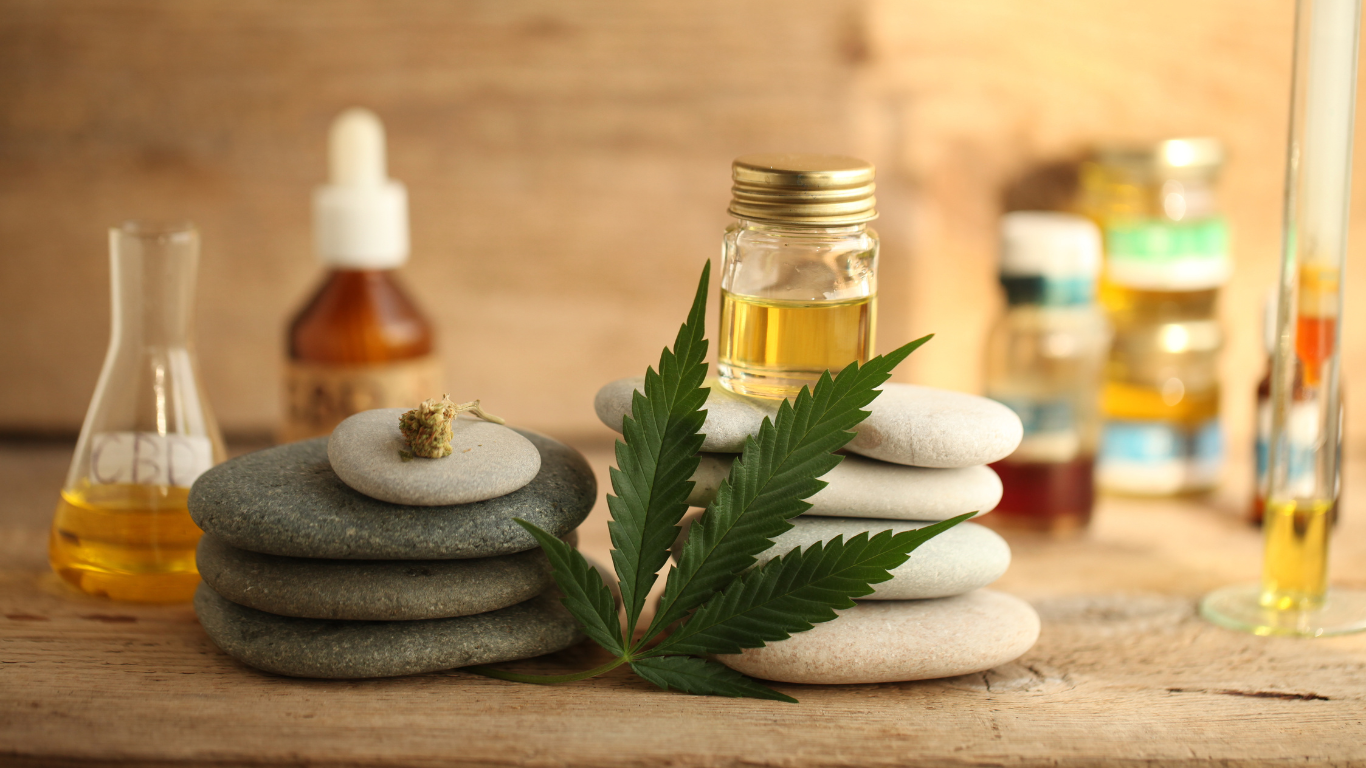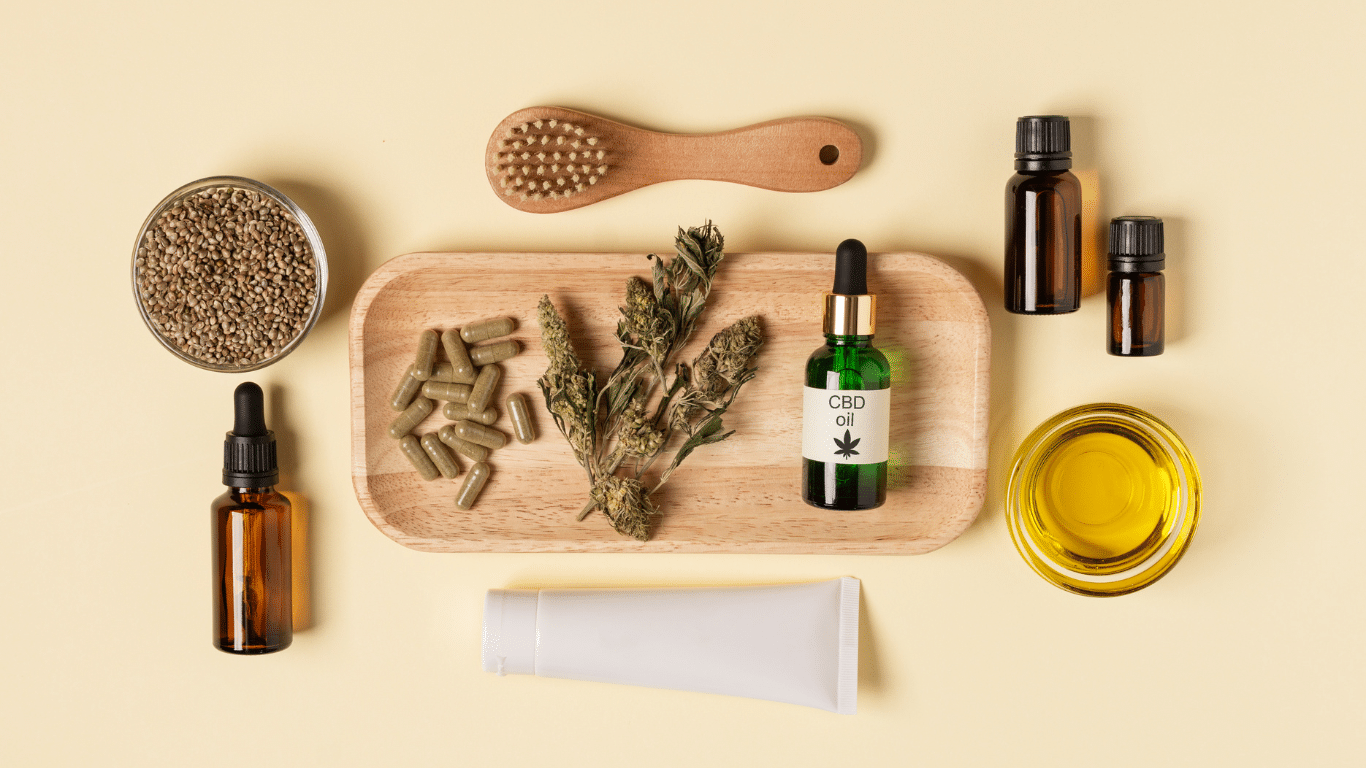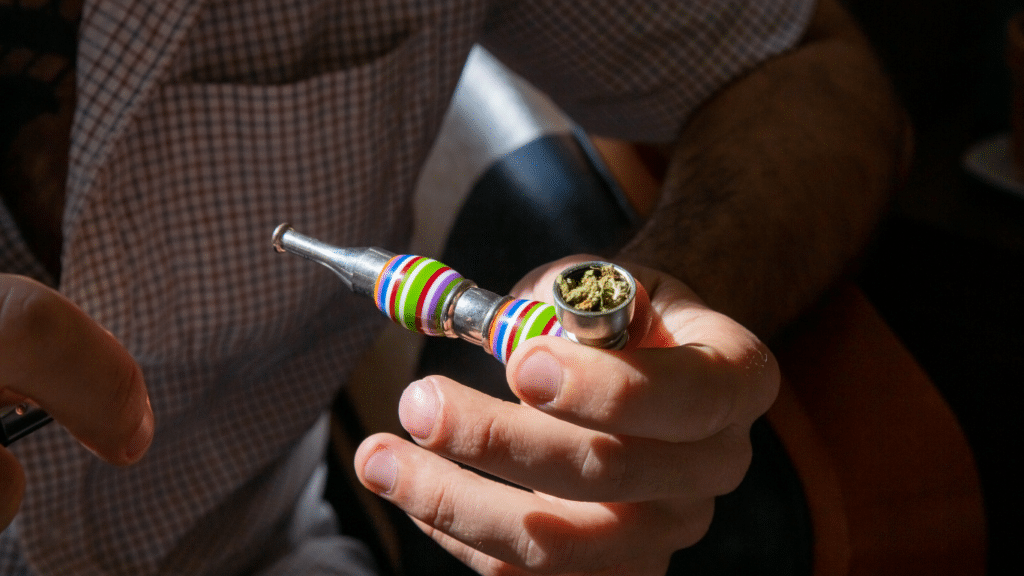If you’re interested in creating your own cannabis oil, you’re in the right spot. This guide provides some helpful tips to make the process of preparing homemade cannabis oil straightforward and rewarding.

What is cannabis oil?
Understanding cannabis oil is CBD oil habit-forming?
Cannabis oil is a refined extract created when cannabinoids, terpenes, flavonoids, and other active elements in cannabis are combined with a carrier oil, such as coconut or olive oil. The psychoactive cannabinoids in cannabis, like THC and CBD, are lipophilic, implying they are fat-soluble and readily combine with the fats in oils. When ingested with fat, our bodies absorb and process these potent cannabinoids more efficiently, leading to a unique and potentially healing experience.
The infused oil can be created with hemp, cannabis alone, or a blend of the two, incorporating the cannabinoid and terpene profiles of the source material. The effects of consuming cannabis oil are generally longer lasting than inhalation and might take between one and three hours to start, depending on your metabolism and physiological condition. The impact usually lasts around eight hours.
Utilizing Cannabis oil
Cannabis oil is a very adaptable product. It can be utilized to prepare homemade edibles, therapeutic meals, infused drinks, topical salves, or simply consumed by itself. Most infused oils can be stored and used for a few weeks or months.

How to use cannabis oil
Here are a few simple ways you can use cannabis oil:
Create homemade edibles and medicated meals. Using cannabis cooking oil, you can make edibles or prepare a tasty meal. An excellent substitute for cannabutter, weed oil is one of the most consistent ways to create edibles. Cannabis cooking oil can replace butter or oil in nearly any recipe; how creative you want to be is entirely up to you.
Avoid recipes that require high temperatures or prolonged heating, as they can break down the terpenes and cannabinoids in the oil, potentially affecting its potency. Create an infused drink. As with eating cannabis oil, you can also drink it. Consider adding a dose of cannabis coconut oil to your coffee, tea, or smoothie.
Make a topical salve. Mix your cannabis oil with beeswax or similar substances to create a calming cannabis topical or self-care product. It can also be applied directly to the skin. Topicals can potentially help address skin irritation, general inflammation, muscle and joint discomfort, and more.
Consume cannabis oil on its own. Cannabis oil can be taken or administered sublingually, or under the tongue, just like a tincture. Many tinctures are simply cannabis-infused oils. The consistency of the final product will depend on the carrier oil you use and will determine the best way to dose it on its own.
How to prepare homemade cannabis oil: detailed instructions
The process of making homemade cannabis oil can be straightforward with the correct methods. Before beginning, decide on the type of oil you want to use.
Choosing a carrier oil
There are several common options when selecting a carrier oil:
- Canola
- Vegetable
- Olive
- Peanut
- Sesame
- Coconut
- Avocado
- Sunflower
Your choice will depend on your needs: topical, sublingual, or cooking uses. If you plan to use it for cooking, consider the dishes you’ll be making, the cooking temperature, flavor and consistency preferences, individual dietary needs, and potential storage options.
Coconut and olive oils are the most popular choices because they’re versatile, tasty, and nutritious, and they have antifungal and antimicrobial properties that prevent mold growth and prolong the oil’s shelf life.
Materials required
You’ll need the following items to get started:
- 7–10 grams, or about one-eighth of an ounce, of ground cannabis flower
- Baking sheet
- Parchment paper
- Foil
- 1 cup carrier oil of your choice
- Double-boiler or a saucepan and heatproof bowl
- Probe or candy thermometer (optional but highly recommended)
- Mesh strainer or cheesecloth
- Medium-sized bowl
- Spatula
- Storage container (preferably dark glass)
How to make cannabis oil
Time required: 3 hours.
The 1:1 ratio of ground cannabis to carrier oil is often suggested, but it’s highly customizable. Adjust the measurements according to your tolerance and preferences. If you’re new to cannabis edibles and ingestion, start with a smaller ratio. Remember, it’s best to know exactly how much THC, CBD, or other cannabinoids will be in your final oil.
Follow these steps to prepare your homemade cannabis oil:
- Decarboxylate your flower: The first step involves decarboxylating, or “decarbing,” your ground flower. Decarboxylation is a chemical process that transforms the acidic form of cannabinoids naturally produced by plants (THCA, CBDA, etc.) into the neutral form associated with the intoxicating or mildly psychoactive experience (THC, CBD, etc.). Decarboxylation “activates” cannabinoids before infusing them into the carrier oil.
- Prepare a double boiler: Mix the decarboxylated cannabis with the carrier oil in a double boiler or a similar setup.
- Simmer the cannabis and oil: Heat your cannabis and oil mixture on low for at least 60 minutes and up to six hours, stirring regularly. Try to keep the infusion’s temperature around 180°F, ideally between 160°F and 200°F.
- Strain the oil: Once cooled to room temperature, strain the oil using a mesh strainer and cheesecloth or paper coffee filter over a glass bowl.
- Store and label your cannabis oil properly. Store your cannabis oil in an airtight, glass container in a cool, dark place. Label and date your oil’s storage container clearly.
In conclusion
Now you have all the information you need to start creating your own cannabis oil at home. Remember, when it comes to consuming cannabis, always start with a low dose and increase it slowly. And most importantly, have fun with it.


![[iss_alt_text_page_title_city_state]](https://seedsplug.com/wp-content/uploads/2023/03/cannabis-seeds-in-los-angeles-county-1-1024x576.png)





